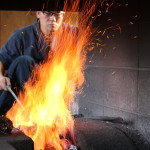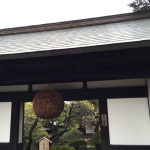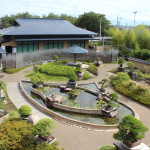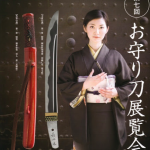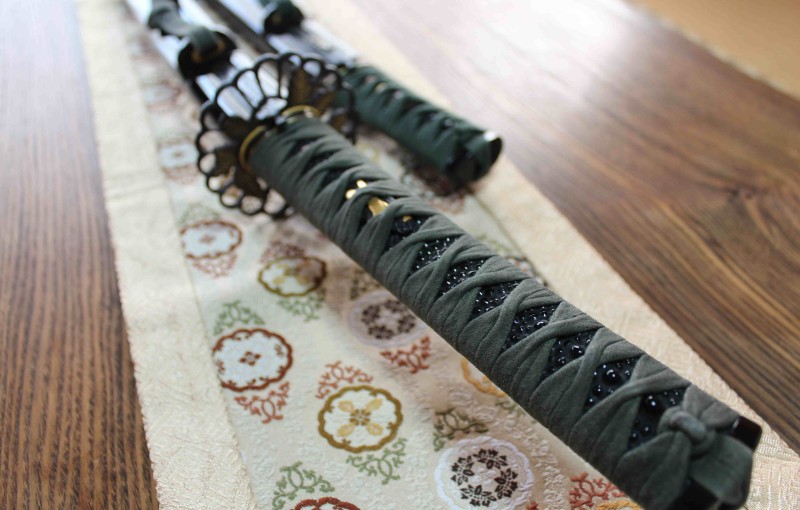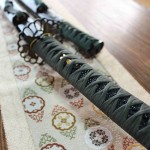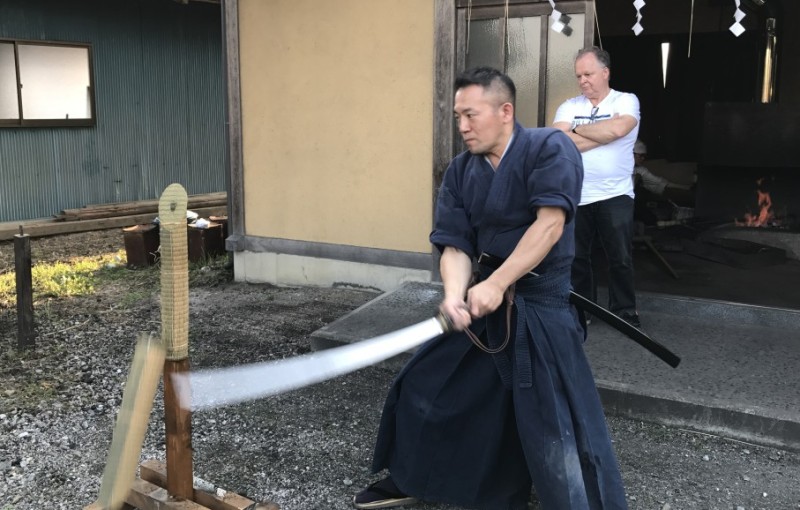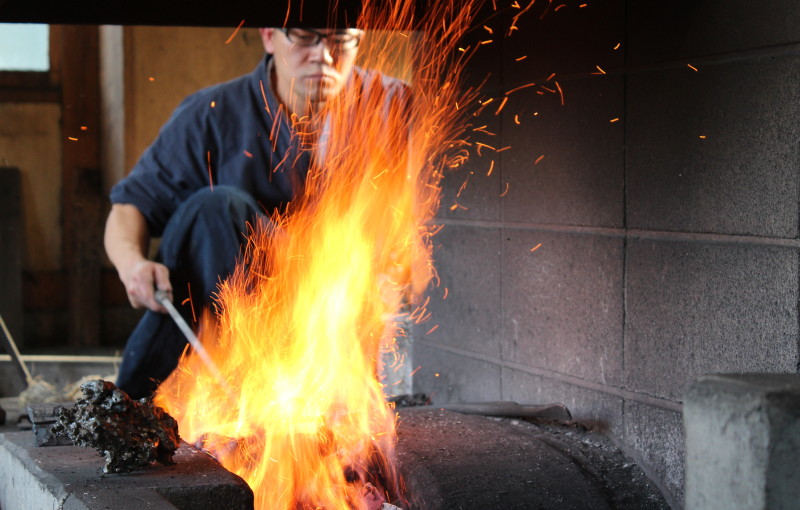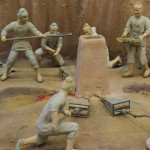When we talk about Japanese swords or ‘katanas,’ we tend to talk only about mysterious beautiful blades. However, do you know that their covers and other parts had also important roles for samurais?
From 17th century to early 19th century, only samurais were allowed to carry swords in Japan, and therefore, swords were important items for their identities. However, using swords were actually prohibited during the same period. In the early 17th century, Ieyasu Tokugawa became the final winner in the battles against other feudal lords, and he started his government in Tokyo (Edo). He and his sons wanted his government to last long and did not want the other samurais to start battles against them.
This was a big environmental change for Japanese swords. All the swords in Japan, which used
Read More

